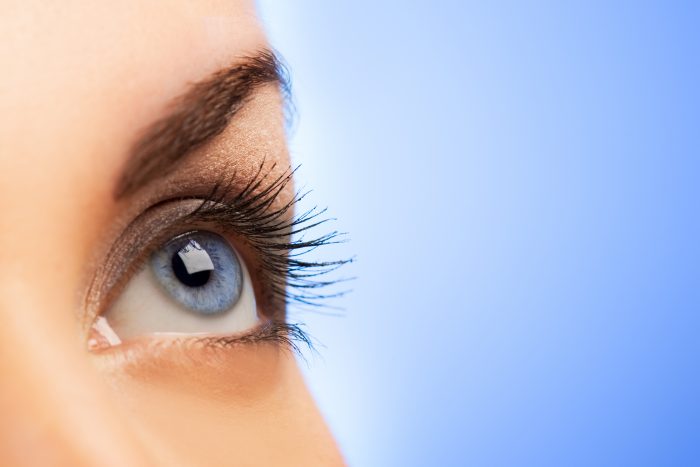
You wake up in the morning to that annoying sound of your alarm, open your eyes to that bright screen, squinting as you press snooze. You wake up, check up on all your social media posts, emails, text messages, then get ready for work. You get to work, where you stare at your computer for eight hours—per day. After you leave, you spend another hour scrolling through your cell phone. The rest of your evening is spent binge-watching your favorite Netflix series. When it gets late, you go to bed, so that you can get enough rest to wake up the next day and have another very similar day.
This is true about the average American on a daily basis. Whether it be research on a computer screen, constant social media updates, or working in front of a computer for eight hours straight, we spend the majority of our time staring at the blue light that comes from these devices.
Blue light can be beneficial for us—in moderation, just like most other things. It can boost alertness, improve memory and cognitive function, and elevate mood. However, with so many technologies, studies are beginning to show concerns with too much blue light.
Your eyes are affected by blue light because it passes through the cornea and lens of your eye, directly reaching the retina. It’s possible this could result in premature aging of your eyes. Too much blue light can damage your retina, and can also cause what’s known as Digital Eyestrain. The symptoms of Digital Eyestrain are fatigue, dry and sore eyes, difficulty focusing. The strain on your eyes can cause headaches and blurred vision in your days to come.
Scientists aren’t sure of all the long-term effects of digital eyestrain.
Prevention:
- Wear protection—no, not that kind of protection.
There are filters to apply to your computer screen to lessen the amount of blue light your eyes are receiving, as well as glasses you can wear to protect your eyes.
- Make sure your screen is at the right level, and that your computer’s resolution is crisp enough to prevent straining your eyes trying to read.
- Use what’s known as the 20-20-20 rule: Take a break from working every 20 minutes, stare at something 20 feet away for 20 seconds. This will help you regain focus and prevent damage to your retina.
- Try to be more conscientious of the effects of your constant cell-phone and computer use, for your own
 By: KayLynn
By: KayLynn









